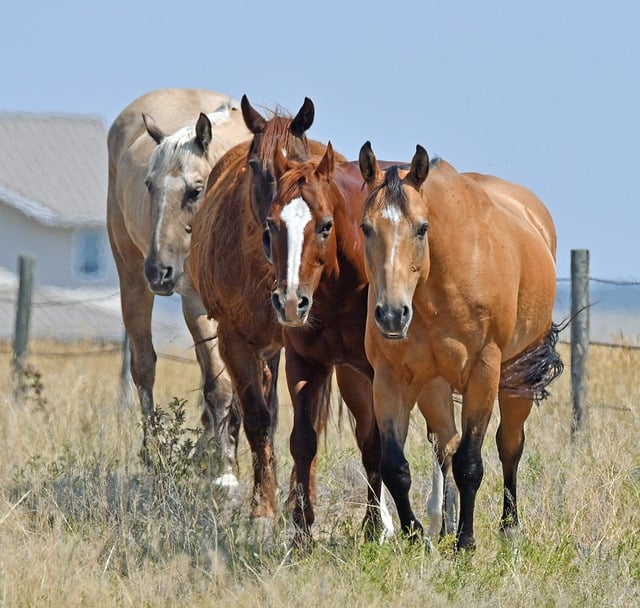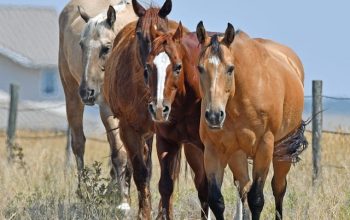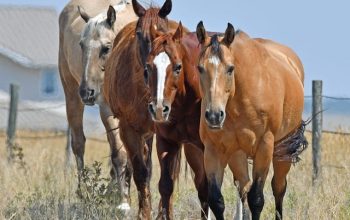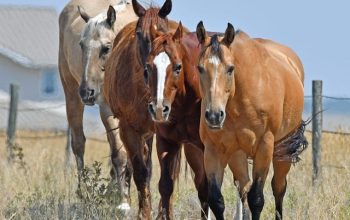Building a fence on an Ontario farm involves understanding local regulations, obtaining permits, considering fencing types, and protecting wildlife habitats. Choosing the right materials like high-quality wood or metal is crucial for withstanding harsh weather conditions. Meticulous planning and design, tailored to the diverse landscapes and purposes (livestock containment or security), ensure a functional and aesthetically pleasing farm fence. Regular maintenance is essential for longevity and safety.
Building a robust farm fence in Ontario is essential for protecting your property and livestock while adhering to local regulations. This comprehensive guide outlines five critical steps to ensure a successful project. From understanding Ontario’s permit requirements and choosing suitable materials to planning and installing your fence, each stage demands careful consideration. Discover the best practices for creating a durable and effective barrier tailored to your farm’s unique needs, enhancing both functionality and aesthetics in rural ON.
Understanding Ontario's Regulations and Permits for Farm Fences
Building a fence on your farm in Ontario involves more than just choosing the right materials and design. It’s crucial to understand local regulations and permits related to farm fences, as these can vary across different regions within the province. Ontario has specific guidelines regarding property boundaries, types of fencing allowed, and environmental considerations. For instance, certain areas may have restrictions on fence height or material choices to protect wildlife habitats.
Before breaking ground, farmers should research and familiarize themselves with local by-laws and obtain any necessary permits for their farm fence project. This ensures compliance and avoids potential legal issues. The process typically involves applying for a building permit from your municipal government, which may include submitting detailed plans of the proposed fence installation. Understanding these regulations is a vital step in the planning process for any farm fencing project in Ontario to ensure a smooth and lawful construction.
Choosing the Right Fence Type and Material for Your Farm
When it comes to fencing your farm in Ontario, selecting the appropriate type and material is a crucial initial step. The ideal fence should not only enclose your property but also withstand the unique challenges posed by the local climate and terrain. Consider factors such as durability, maintenance requirements, and aesthetic appeal when making your decision. In Ontario, where seasonal changes can be drastic, opt for materials like high-quality wood or robust metal that can endure snow, ice, and varying temperatures.
Farms in this region often face the challenge of strong winds, so ensure your chosen fence is wind-resistant. Local regulations should also guide your selection; some areas may have specific requirements for fencing, especially when it comes to materials used near bodies of water or in conservation zones. Researching and understanding these guidelines will help you choose a fence that complies with local laws while providing the security and functionality needed for your farm.
Planning and Designing Your Farm Fence Layout
Before breaking ground, take the time to plan and design your farm fence layout. Consider the purpose of each fence—whether it’s to keep livestock in or intruders out—and map out the exact placement and length required. Ontario has diverse landscapes, so adapt your plans accordingly, ensuring the fences integrate harmoniously with the existing terrain. Utilize online tools or consult with local agricultural experts to help visualise the final result.
A well-designed farm fence layout not only enhances the overall aesthetics of your property but also contributes to efficient land management. By carefully considering factors like field sizes, water bodies, and natural barriers, you can create a functional and aesthetically pleasing barrier that supports your farming activities while enhancing the beauty of your Ontario farm.
Installing and Maintaining Your Farm Fence Effectively
Installing and maintaining a farm fence in Ontario is a crucial investment that ensures your livestock stays put while keeping intruders out. Start by selecting the right type of fence for your property, taking into consideration factors like height, material (wood, vinyl, or chain link), and local regulations regarding farm fences in ON. Ensure it’s sturdy enough to withstand harsh weather conditions common in the province.
Proper installation is key to longevity. Consider enlisting professional help if you’re not experienced in construction to ensure your fence is level and secure. Regular maintenance, including repairs, painting, or replacement of worn-out sections, will keep your farm fence functioning effectively for years. This proactive approach not only enhances the safety of your livestock but also contributes to the overall aesthetics of your Ontario farm.
Building a farm fence in Ontario involves careful planning, regulatory compliance, and selecting the right materials. By understanding local laws, designing with your farm’s unique needs in mind, and implementing effective installation and maintenance practices, you can create a robust and aesthetically pleasing fence that protects your property. Remember, a well-built farm fence is an investment that enhances your Ontario farmland’s value and security.




